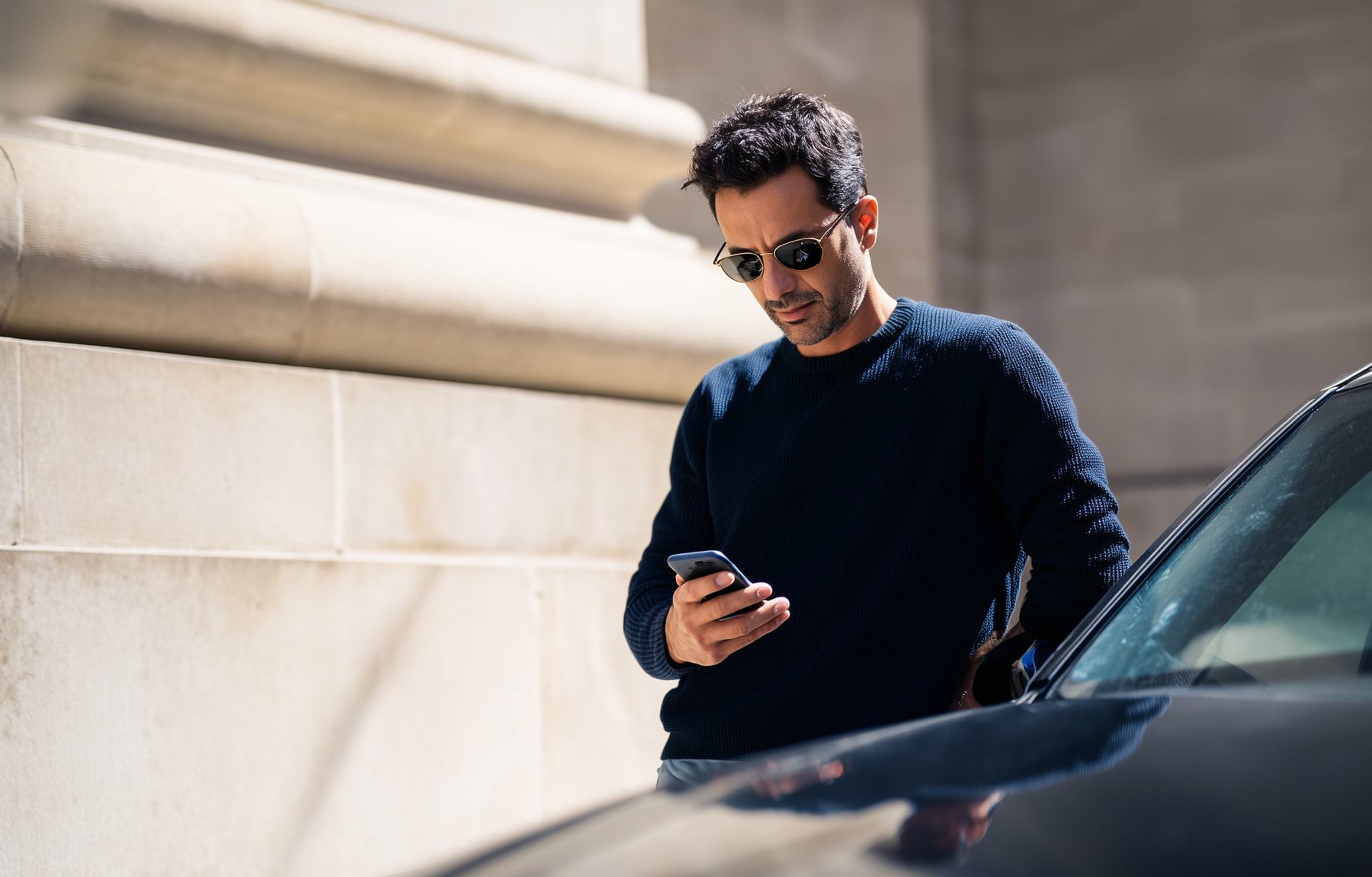These cookies make our website usable and secure. They ensure fast loading, basic functions, and general reliability. Without them, the site simply wouldn’t work.
Oct 20, 2025

This is a snapshot of our workflow in a constantly evolving field. Published in September 2025, it documents our current approach to generative AI.
At the Marketing Design Team, we produce thousands of digital ads each year — which means we need a diverse library of images and videos. Before generative AI, we depended on stock galleries to fuel our campaigns. The problem? Those same assets were available to every other brand, making it tough to find visuals that truly aligned with our messages.
On average, we’d spend about 40 minutes digging through stock libraries and finding one image, and 80% of the images we found weren’t exactly what we were looking for — a bottleneck that slowed the creative process and limited originality. As a global brand, we need our communication to be coherent across all formats. While sourcing the ideal image for Spain was straightforward, finding equivalent visuals for other regions was a constant challenge. And if we needed a matching video to pair with the static asset, that was nearly impossible.
Today, that reality has completely changed.
If we want a fresh set of images today, we no longer need to spend over $6,500 a year on stock gallery memberships or $20,000 on a professional photoshoot. Now, with a $60 monthly subscription and the expertise of our design team, we can generate exactly what we need.
We’ve gone from spending 40 minutes searching for images to generating basic ones in just 10. But creating a professional-quality image still requires more time—time for refinement and creativity to ensure the result feels authentic and on-brand.
We no longer depend on generic stock image banks; we create unique visuals that are consistent for each project. Adopting generative AI for image creation has revolutionized not only our timelines and budgets but, most importantly, our creative control.
So far, we’ve seen that campaigns using AI-generated images perform better than those relying on stock photos. We’re still testing it, and soon we’ll have more metrics to validate these results.
Creating compelling images with generative AI requires more than inspiration—it demands structure. We’re literally building new worlds from scratch using the right words.
For car interiors or portraits:
shot on Canon EOS 5D Mark IV, 50mm f/1.4, shallow depth of field, bokeh
Result: Natural close-up with soft blur and excellent low-light performance.
For exterior street photography:
captured with Sony A7R IV, 35mm f/1.8, realistic street photography, handheld feel
Result: Wider frame including urban context without losing realism.
Every image we generate must align with Cabify’s reality and communicate the right messages:
Chilean man, around 35, wearing a dark blue jumper, casually standing next to a modern black Sedan, checking his smartphone. The car is parked on a clean urban street in Santiago, Chile. In the background, a concrete government building with realistic architectural details. Bright sunny day, sharp shadows. Mood: relaxed, casual, professional. Realistic street photography style, captured with Sony A7R IV, 35mm f/1.8.

Spanish woman, 27, with long red hair, wearing a purple shirt, smiling at the camera from the back seat of a premium black car. The window creates a blurred vignette focusing on her face. Cinematic style, vibrant sunlight, slightly off-center composition. Mood: cheerful, natural, confident. Shot on Canon EOS 5D Mark IV, 50mm f/1.4, shallow depth of field, beautiful bokeh.

Businesswoman, 40, dark hair, professional violet polo shirt, standing confidently inside a modern logistics warehouse. Shelves, boxes, and industrial elements are slightly blurred in the background. Natural daylight, soft shadows. Mood: professional, efficient, trustworthy. Photorealistic style, Canon EOS 5D Mark IV, 50mm f/1.4.

Argentinian man, 30, professional blue shirt, working on a laptop at a minimalist white table. In the background, a woman, 35, violet blazer, slightly out of focus. Bright modern office with Buenos Aires skyline visible. Mood: collaborative, focused, professional. Photorealistic style, Sony A7R IV, 35mm f/1.8.

At Cabify, sustainability is a core value that we also apply to our creative processes. While we don’t control the power source of AI servers, we optimize our workflows to consume less processing time, which in turn reduces GPU energy consumption.
Plan and detail your prompt: We think carefully before executing. A well-structured prompt avoids unnecessary regenerations.
Parameter intelligence:
Each AI tool has its own strengths. For example, Midjourney or Gemini is great for creative exploration and complete image generation, while Photoshop AI excels at refining specific details. Since regenerating an entire image just to fix a small issue consumes unnecessary GPU power, we’ve developed a hybrid workflow to avoid this.
By choosing the most efficient tool for each stage of the process, this method not only improves the final quality but also significantly reduces unnecessary GPU usage, allowing us to effectively balance efficiency with our sustainability goals.
Integrating AI tools into our workflow has been a paradigm shift. We’ve moved from a reactive, search-driven approach to a proactive, creation-focused one. Success doesn’t come from the tools themselves—it comes from a disciplined workflow and the Design Team’s ability to apply a critical, creative eye.
The future of design isn’t about machines doing the work—it’s about humans and AI collaborating to create better, more purposeful visual communication. At Cabify, we’ve found that balance: using technology as a vehicle to amplify our creativity.

Marketing Design Manager

Dec 10, 2025

Dec 03, 2025

Nov 26, 2025

Nov 20, 2025

Nov 11, 2025

Oct 27, 2025

Oct 22, 2025

Oct 20, 2025
Cookies are small text files stored in your browser. They help us provide a better experience for you.
For example, they help us understand how you navigate our site and interact with it. But disabling essential cookies might affect how it works.
In each section below, we explain what each type of cookie does so you can decide what stays and what goes. Click through to learn more and adjust your preferences.
When you click “Save preferences”, your cookie selection will be stored. If you don’t choose anything, clicking this button will count as rejecting all cookies except the essential ones. Click here for more info.